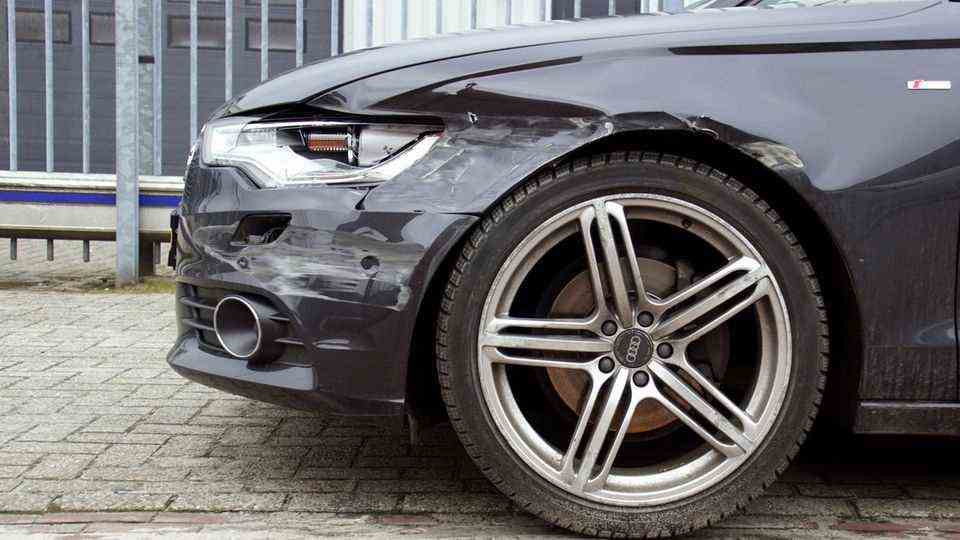Highway
Recommended speed – that’s why the speeders are always to blame in court
When it bangs, high speed becomes a problem.
© Photo by AL on Unsplash
You can drive as fast as you want on German autobahns. This is what many accelerator pilots believe in. But if there is an accident, it’s their turn.
Actually, you can drive as fast as you like on German autobahns. Actually, because most of the time the speed is limited by special signs or the flow of traffic does not allow you to drive fast.
But many drivers do not think about the fact that they are legally driving in a gray area. Because the so-called recommended speed applies everywhere and it is far more than a mere recommendation. The recommended speed indicates the speed at which you have to reckon on the motorway. And that’s not 220 km / h, but only 130 km / h.
Recommended speed is not a paper tiger
In the event of an accident at more than 130 km / h, the driver is always at risk of joint liability. In the event of an accident, the burden of proof lies with the fast driver: he must prove that the accident would have happened even if he had kept to the recommended speed.
Typical case: a driver wants to pass quickly on the left. Now another driver in front of him – his speed is 120 km / h – also pulls over to the left, the first driver can no longer brake. An accident occurs. That would certainly not have happened at 130 km / h. The first driver is liable. According to the current legal opinion, he automatically has part of the guilt – in individual cases quickly the whole. For example, when the lane change has indicated its intention correctly and in good time with the indicator.
40 percent always threaten
This is well known in the jurisprudence, but this fact hardly penetrates the minds of motorists. An example: In March 2011 a car driver was driving on a section of the motorway without a speed limit. He drove at a remarkable 200 km / h. Then another vehicle immediately switched from the merging lane to the overtaking lane when entering the motorway in order to overtake another vehicle. There was an accident.
The Higher Regional Court of Koblenz has decided that the threader will get 40 percent of his damage reimbursed. And this despite the fact that he acted in a grossly illegal manner.
In its justification, the court stated that anyone who significantly exceeded the recommended speed would reduce the scope for avoiding an accident to practically zero.
With a speed of 130 km / h, simple braking would have prevented the accident.
In this situation, the speeder had to take 40 percent of the damage. But even when the speed limit was exceeded by only 20 km / h, an otherwise completely innocent driver was assigned 25 percent of the blame by the OLG Hamm.
Bad consequences in the event of disability
If there is an accident in which the slower driver does not act as grossly illegal or if the question of guilt cannot be clarified, the speeder can quickly reach 100 percent. As long as pure property damage is involved, these debt ratios are only important for the insurance companies involved. The consequences for the driver are manageable. You have to expect an upgrade from the insurance company.
But as soon as permanent physical damage occurs, compensation for pain and suffering, claims for treatment beyond the statutory health insurance benefits, care costs and possible pension payments are also reduced accordingly. And then those are really painful consequences for a moment of rapid advancement.
Also read:
Accident rental car invoice – British woman pays £ 400,000
Verdict after a bicycle accident: Careless pedestrians cannot expect compensation for pain and suffering
Cyclists on the wrong side – nevertheless, the driver is stupid in court
When is a car accident-free? What is minor damage?
Honking, jostling, cutting – what is a compulsion in road traffic?



